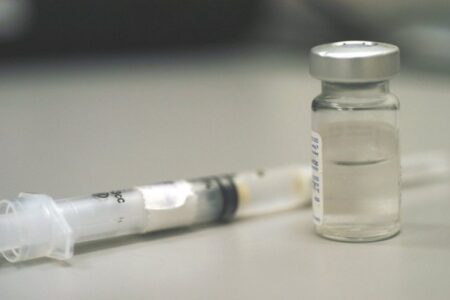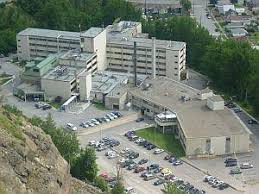Staying Healthy: Alkaline is Where it's at! (Part One of Three)
I just recently returned from a back-country ski trip to a wonderful cabin up in the mountains with 11 other people and we had many discussions over the week. One of the main topics was food of course, since everyone is ravenous after a full day of climbing and I realized how many mis-conceptions there are out there in regard to minimizing lactic acid and other breakdown materials produced when using muscles continuously for many hours. I have written a few articles in health magazines explaining acid-base balancing and what that entails. It is based on the essential metabolic processes in the body, which take place at the smallest cellular level. Energy is acquired by humans by the breakdown or oxidation of large carbohydrates into smaller compounds from which the cell draws nutrients for its activities. Through this process, carbonic acid is produced, which may be dangerous for the cells when produced in too great a quantity. When this occurs it makes the system “acidic”. For activities in the cell to function properly, a stable cellular acid concentration is required. This varies between pH 7.3-7.4. Outside of this range, certain enzyme reactions which regulate the energy being utilized by the body are negatively affected. When the pH lowers, some metabolic processes can stop. This leads to toxicity and eventually the death of the cell. Therefore, if the system is too acidic, the cells become toxic.
This can be avoided through different compensations by the body. The first mechanism is breathing, which releases carbonic acid. Therefore, it is extremely important to breath properly deep into the lower rib cage to flood the body with oxygen.
The second mechanism is the minerals, especially potassium, sodium, calcium and magnesium (called bases) that neutralize the acid into a harmless salt which is eliminated through the kidneys. The minerals used up in the process must be replaced, or detoxification is compromised. Therefore, we should eat 4 times the quantity of “natural” foods (salads, vegetables, nuts, seeds and fruits) each day, compared to the total quantity of all other foods. Natural foods are rich in the minerals that are needed for optimizing pH. If the base minerals are replaced on an everyday basis, the body will remain healthy and be properly responsive to stressors. If you are doing heavy exercise and sweating, it is important to use a little sea salt with your dinner meal after the exercise to replace the sodium and other electrolytes you are using.
Regulating the proper balance between acids and bases in the body is done by constantly monitoring the proper respiration, circulation, digestion, elimination, hormone production, immune response and other mechanisms. When the level of carbonic acid in the body becomes high, the regulatory mechanism stimulates the respiratory and circulatory system to respond in an attempt to re-balance the system. Tiredness and sleep disturbances are possible early signs of increased acidity. Pain is a signal that indicates the body is even more out of balance.
Typically, most folks have too low a pH – too acidic. At the beginning of most diseases, there is an over-acidified system. The regulatory mechanisms attempt to balance the deficit to prevent damage to the cells. When these fail, chronic disease develops. Conversely, an acute disease is often an attempt of the body to mobilize mineral reserves available to try and re-balance the system. Therefore, it is important to re-establish the body’s pH within the proper range as soon as possible, before disease is established.
The next article will discuss how to measure and regulate your pH. If you feel you’re having a hard time evaluating what your body is doing, consider an appointment with Dr. Brenda Gill at 362-5035.

























